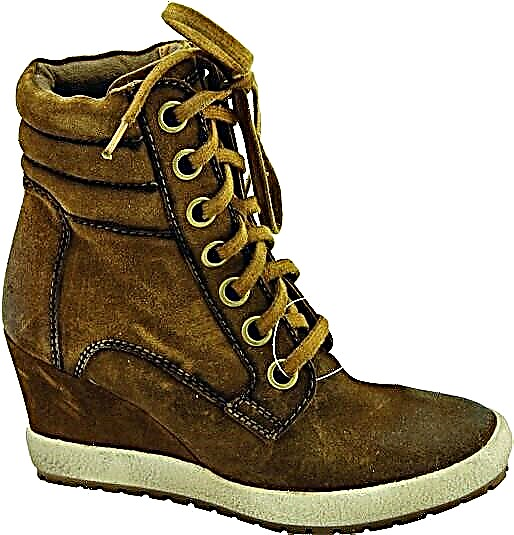The instructions for all Burda patterns always indicate the required footage of the recommended material for each of the sizes, taking into account allowances for seams and the most convenient layout of parts on fabric.
If the width of the purchased fabric differs from the recommendations in the magazine, you can pre-arrange the paper parts and determine the required footage yourself. How to do this is clearly shown in our video master class:
How to determine the exact consumption of tissue
But what if the fabric is sold in finished cuts of different lengths? How to determine which cuts to choose so that they correspond to a specific pattern?
In this master class, I want to share my experience on how to calculate the footage of a fabric and determine what length of cuts is best to purchase, using the example of a jacket-coat model (p. 38) from Burda 11/2013.
- Special offer
- 1
- 2
- 3
- 4
Most likely, the total length of the purchased cuts will be more than required, but, as a rule, fabric in finished cuts is sold much cheaper than per meter.
You will need:

- Pattern;
- tracing paper;
- Ruler;
- Notebook and pen for notes;
- Tape measure;
- Marker;
- Scissors for paper;
- Iron

All measurements can be made directly on the sheet of patterns. But for convenience, it is better to remove the pattern.
Step 1
Reshape the pattern on tracing paper and cut out all the details. And then iron them.
Step 2
Select a flat surface, such as a table or floor. Place a tape measure on it half the width of the fabric you are about to purchase. In this case, 75 cm, so the calculations are made for cuts of coat fabric, 150 cm wide.
Step 3


Place the back and shelf parts on the table as if you were placing them on the fabric. Do not forget about allowances for side seams, they must also be taken into account.

If everything worked out, and the details do not go beyond invisible boundaries, measure the length by the part of the back, as it is usually longer than the shelf. To the resulting value (in this master class 98 cm) add 2 cm along the upper cut and 4 cm along the lower cut.
So, the length of one of the fabric cuts, which will be needed for this model, should be at least 104 cm.
How to fit a pattern on fabric
Step 4. Details of the sleeve, collar, collar and hem

If the details of the sleeve and the collar extend in the same width, then the length of the second cut must be no less than the length of the collar plus allowances along the upper cut 2 cm and the lower 4 cm. In this case, this value is 103.5 cm.
It turns out that for a model of a jacket-coat 38 rr, two cuts of at least 104 cm in length and a width of 150 cm will be needed. But, usually, finished cuts rarely come across the same length.

Therefore, regarding the details of the sleeve and the selection, focus on the length of the sleeve, taking into account the allowances. T. e.You can buy two cuts, in this case at least 68 cm long, and cut out a subboard with a composite of two parts.
The main thing is to choose one of the finished cuts, from which you can cut out the details of the back and shelves as a whole.
In addition, measure all the details and write down their sizes. Then, using simple mathematical operations, it will be possible to calculate the required footage of the finished cuts, mixing the arrangement of the parts together to obtain the most profitable result. For convenience, perform all these manipulations on a notebook sheet in a box.
After all measurements, for each length value add a couple more centimeters to shrink the fabric.
The author of the master class and photo: Julia Dekanova



